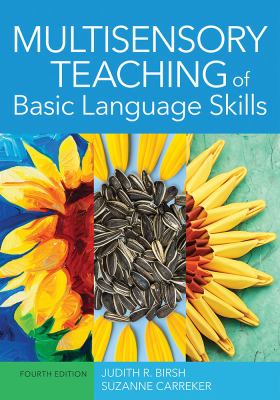
print
|
Multisensory teaching of basic language skills
Copies
1 Total copies, 1 Copies are in,
0 Copies are out.
Language
English
Dimensions
26 cm.







